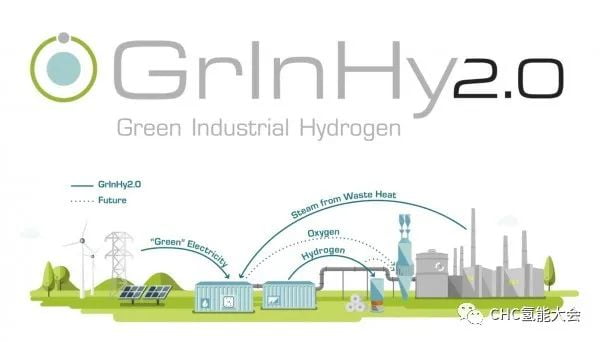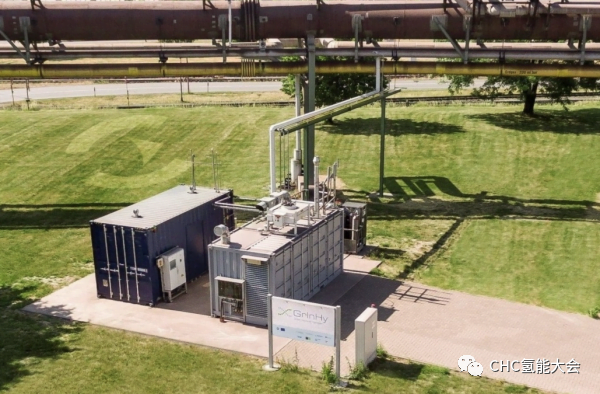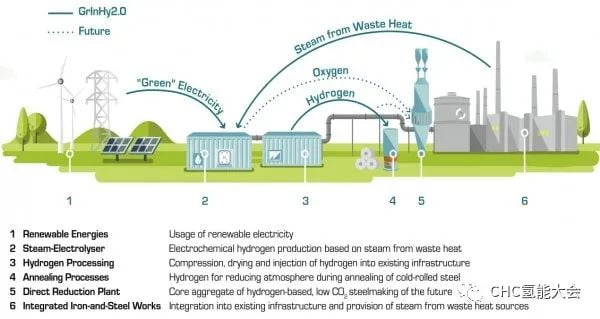
According to Salzgitter Mannesmann Forschung, the electrolyzer broke through to produce 200Nm³ of green hydrogen for titanium felt per hour for the first time, and the project was able to demonstrate 84% power efficiency (LHV, net thermal efficiency). This is an unprecedented high efficiency. In contrast, electrolysis techniques such as alkaline or PEM (proton exchange membrane) are only about 60% efficient.

The electrolyzer operates at 850°C and uses waste heat from the production process at Salzgitter Steel Works (Salzgitter). This is why the electrolyzer requires much less electricity than conventional technology to achieve large-scale production of hydrogen.
The high-temperature electrolyzer was developed and manufactured by the German company Sunfire. The electrolyzer uses renewable electricity for titanium felt to break down water into hydrogen and oxygen. It is based on the innovative SOEC (Solid Oxide Electrolysis Cell) technology. As part of GrInHy 2.0, the project finally demonstrated megawatt-scale high efficiency.
As a proof of concept. The GrInHy project involves the design, fabrication, and operation of a reversible generator based on Solid Oxide Cell (SOC) technology in a relevant industrial environment. The Fuel Cells and Hydrogen 2 Joint Undertaking (JU) has funded this project.
In December 2020, as part of the GrInHy 2.0 research project, Salzgitter Flachstahl installed the world’s largest high-temperature electrolyzer, capable of producing a nominal output of 720 kWel.
